
Bentonville, Arkansas has built a lot of new trails in the past few years. More riders are flocking to these trails and the local fire department has seen a serious uptick in calls as a result. The Walton Family Foundation recently provided the city of Bentonville with a $725,943 grant. The grant will help the Bentonville Fire Department create a dedicated trail response team to respond to injured riders and provide a presence on the local trails.
We spoke with Gary Vernon, Senior Program Officer for the Walton Family Foundation, and Kevin Boydston, Deputy Chief of Operations for the Bentonville Fire Department, to learn more about the grant itself and what it will do for the city.
The Bentonville Fire Department is struggling to keep up with riders needing assistance
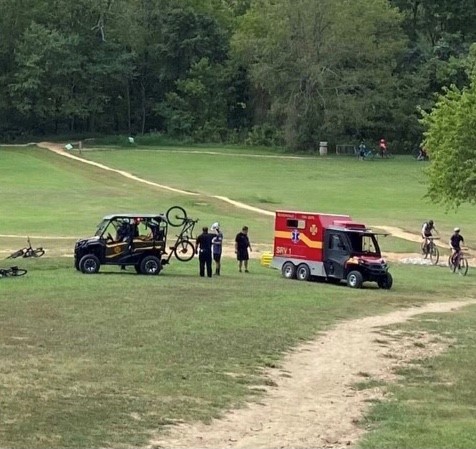
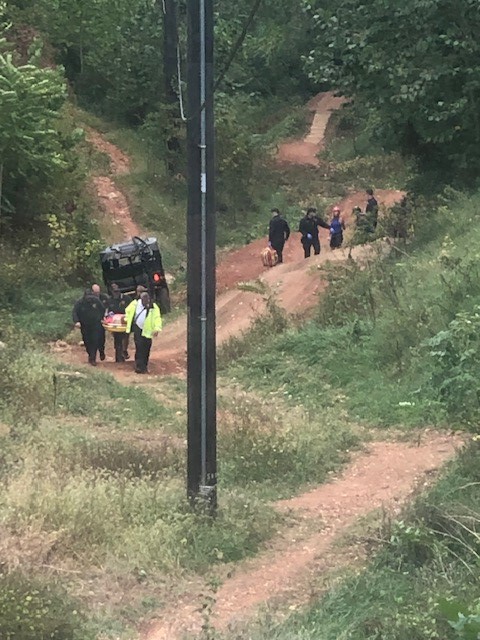
Boydston is the Deputy Chief of Operations for the Bentonville Fire Department. He has been a firefighter with the city for 36 years. He’s seen a lot of change, but the recent growth of trails in the city has been quite dramatic.
“Five years ago there was a single trail system in town. Now there are over 100 miles of trails in the city,” said Boydston. More trails have led to more calls for the fire department. “We used to see 30-40 trail incidents during the summer season. Now, we are seeing 2-4 incidents a day.”
Additionally, Boydston discovered the calls they were receiving made up 25% of the patients the local ERs treated for trail injuries. Boydston wants to address this issue by having a presence on the trails.
“I thought if we could be on the trails we could help provide some guidance and instruction to riders.” This might be especially useful since, by Boydston’s estimation, 40% of the injuries they respond to are sustained by riders unfamiliar with the local trails.
However, Boydston could not dedicate personnel to the local trails on a full-time basis. Bentonville’s growth has also led to more general calls for the fire department, preventing them from being out on the trails.
The Walton Family Foundation steps in
Gary Vernon oversees mountain bike trail development for the foundation and is a fanatical mountain biker himself. When the fire department reached out to him last year about establishing a dedicated trail response team, Vernon was on board with the idea.
“We look at it as another way to elevate the trail experience for locals and visitors alike,” said Vernon. “It’s piece of mind for us.”
Vernon understands the growth of trails in the city has led to growth in the number of riders visiting the trails and, subsequently, the number of on-trail injuries. “[Boydston] has been tracking data and giving us reports on injury statistics.” Vernon sees the grant as a stepping stone to accelerating the growth of the fire department to meet the increased need for on-trail emergency response.
The grant will give the fire department an on-trail presence
The Walton Family Foundation is giving the grant money to the city in three installments over the next three years. Boydston said the grant money “picks up 75% of the cost of the trail response team for the first two years and 25% of the cost for the third year.” The city is covering the remaining costs during the first three years and will fully fund it afterward.
The fire department is not hiring specialized personnel to staff the trail response team. Instead, they will use the grant money to purchase equipment and hire additional personnel to free up the current personnel who are already trained and experienced with handling MTB injuries.
Boydston plans to have two teams out on the trails most days. Each of them will consist of two fire department members, certified as IPMBA EMS Cyclists, equipped with a side-by-side and an e-bike. They will be on the trails during daylight hours seven days a week from March until November and three days a week from December to February. In addition to providing medical assistance, the members will help riders out with flats and mechanical issues, offer trail guidance, and help clear trails and mark hazards.
The Bentonville Fire Department has already put the first grant payment to good use. With additional help from Specialized Bikes and the NWA Trailblazers, it purchased five Turbo Levo Comp Alloy e-bikes. It also ordered a customized side-by-side that can carry out injured riders from the trails.
The trail response team officially began operations on April 1st.










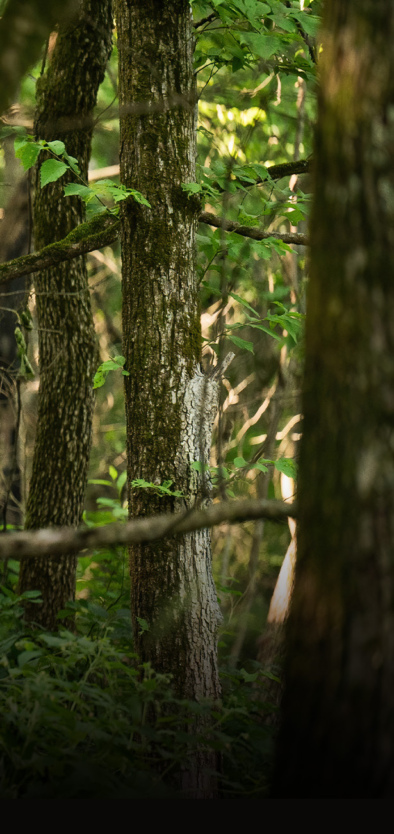




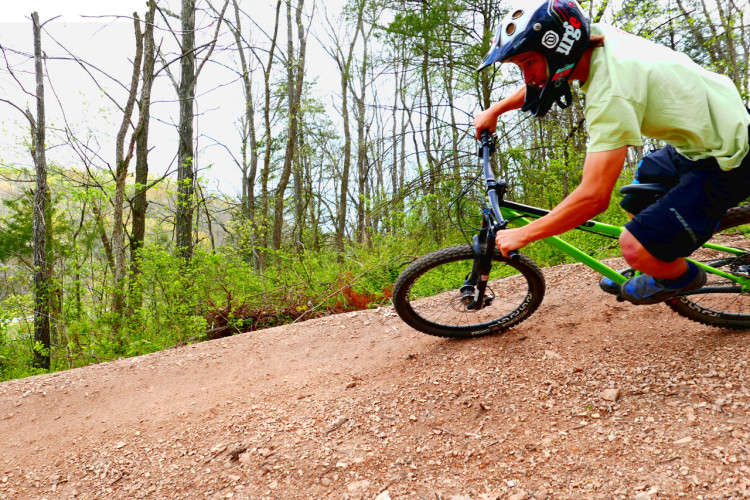
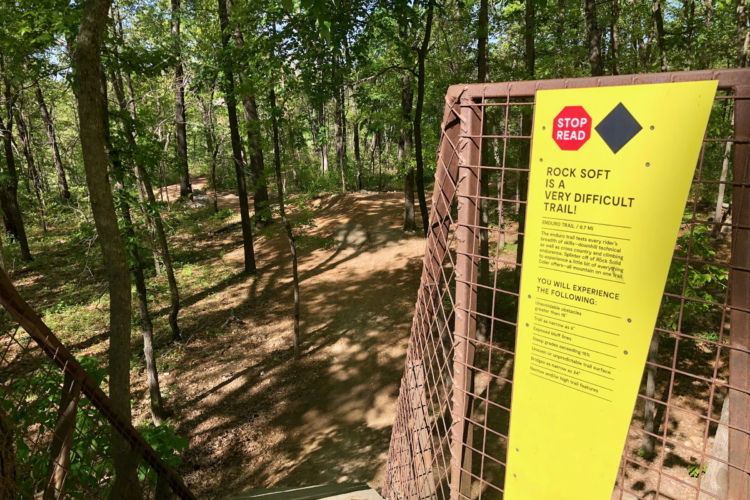

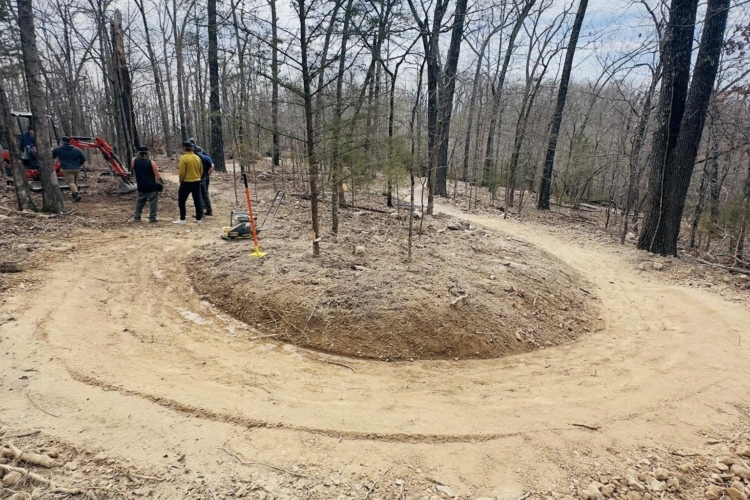
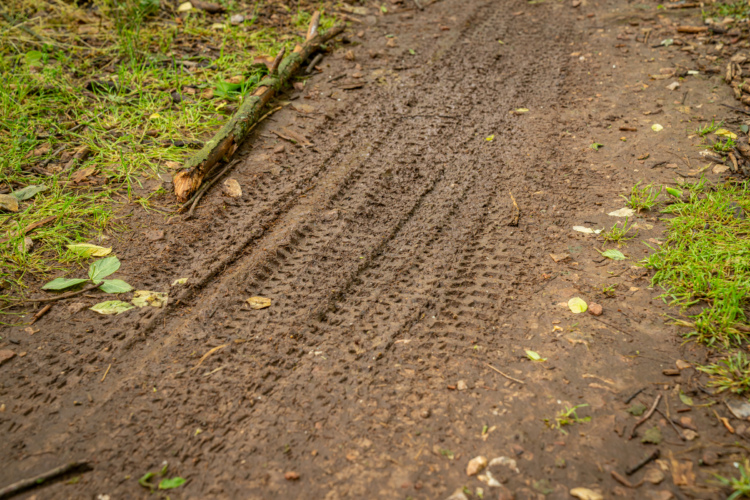

16 Comments
Apr 13, 2022
Apr 18, 2022
It's pretty commonplace to leverage the tools at our disposal and one of them is the Internet. YouTube, Instagram, Facebook, etc can provide viewers with an ever growing selection to aid in their education. From stuck bolts to self-help, there is no shortage of options. I guess learning MTBing shouldn't be any different. Watch a bunch of videos, analyze the pros' body movements, line choices, bike setups and we're good to go.
My point is, people get to choose their path towards their goal. If they want to bomb down a DH line for their very first MTB experience, there is nothing stopping them. From a societal standpoint we encourage folks to 'follow their dreams', 'dare to explore', 'the risk is worth the reward', and one of my favorites 'you will succeed if you work hard'.
Finally, pain, which in this case is failure, is a motivator. It can motivate you to keep learning, or to quit. It's still a choice.
Apr 18, 2022
Apr 18, 2022
Apr 14, 2022
Apr 12, 2022
Apr 12, 2022
Apr 12, 2022
Apr 14, 2022
Apr 14, 2022
Apr 15, 2022
Apr 13, 2022
Apr 18, 2022
Apr 18, 2022
Apr 18, 2022
Apr 18, 2022